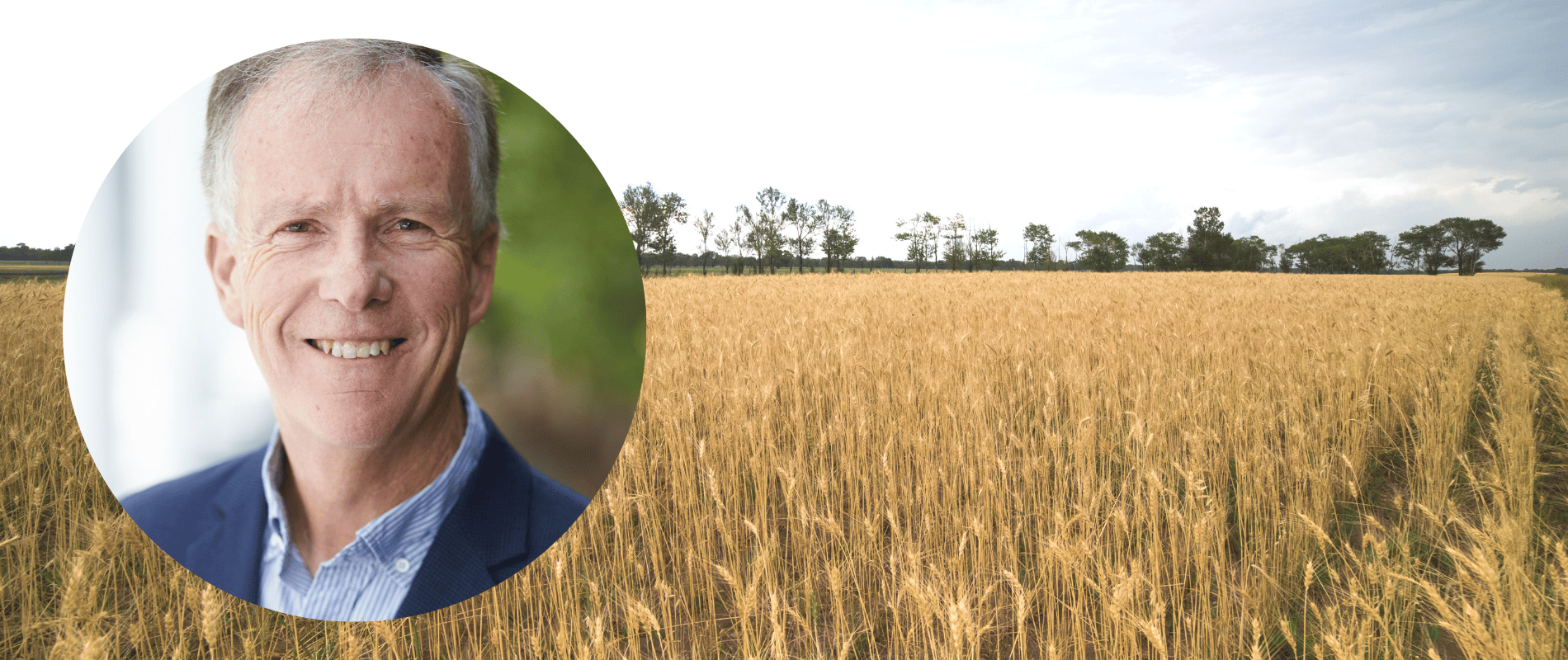The next decade is an exciting and challenging time for agri-food, with great opportunities for Australia if we can support our farmers to survive and thrive in an increasingly volatile world.
A food economist with experience across research, innovation and commercialisation, newly-appointed CEAT fellow Graham Smith, says we need to take a more human-centred approach if we want to achieve positive change across the agri-food sector.
Speaking about his focus in working with CEAT, Graham says the way farmers develop the skills and knowledge they need to work on the land is changing.
“Historically a lot of farming knowledge has been passed down through generations,” he says.
“Hotter, drier, more volatile climates combined with changing consumer expectations and new food technologies means that for many farmers, the way your parents farmed will not be the way you will farm, and it’s definitely not the way your children will farm.
“Farmers need to be at the forefront of driving these research and innovation opportunities and this is some of the work I am pursuing through my involvement with the Grower Group Alliance in Western Australia, and is also what I’d like to explore with the support of CEAT.”
Graham says a barrier to ensuring the viability of Australian agriculture in decades to come is the short-term focus of most government policies, which often run in line with political cycles.
“The fact that so much of rural Australia has inadequate broadband coverage is an example of this and makes it very hard for farmers to embrace new technologies like precision agriculture for example,” he says.
“To achieve transformational change we need to embrace long-term thinking and ensure our fragmented innovation system collaborates a lot more.
“In Australia, the family farm has been the backbone of our agricultural industry and I believe this is likely to continue. However, when you look at the data, more people are leaving the family farm and the number of farms is getting smaller, but the farms are bigger in size. At the same time the way we use the land is changing and will continue to change.
“Greater uncertainty means we need to develop new tools to help farmers make decisions, over the next five to 10 years, about what farming looks like for them and whether they need to identify and diversify into new revenue streams.”
Australian Bureau of Agricultural and Resource Economics and Sciences (ABARES) figures show that large farms –those with receipts of more than $1m a year– made up only 15 per cent of the farm population in 2019‒20, but contributed more than 70 per cent of total farm income and accounted for 60 per cent of the total value of output.
Graham says there is room to support smaller farms to achieve greater productivity while negotiating the challenges of a hotter, drier climate, with more variable rainfall.
“Australian farmers have always been innovative and resilient,” he says.
“The challenges now are different, but we’ve faced great challenges before.”
We welcome Graham as a CEAT fellow and look forward to working with him to achieve common goals in the year to come.
To learn more about the important work Graham and our other CEAT fellows are progressing stay tuned to future editions of CEAT Innovation News.
